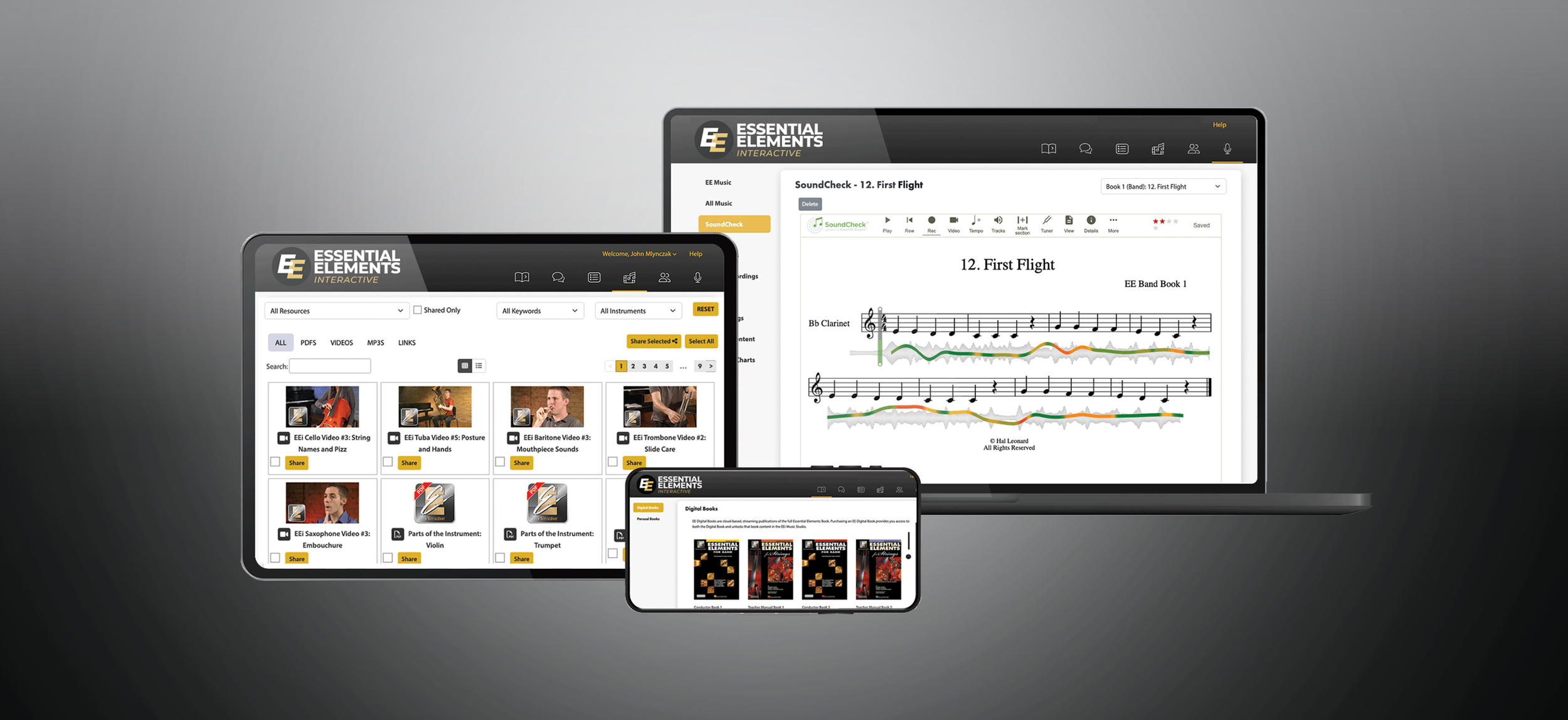For band directors and percussion instructors alike, organization can be the difference between smooth rehearsals and daily frustration. With dozens of instruments, accessories, and moving parts, the percussion section requires special attention.
Inventory First
Before students even pick up a stick or mallet, take time to do a complete inventory of your percussion section. Check larger instruments for missing parts or needed adjustments. Determine what you might need to order, including drumheads, cymbal stand parts, and other small accessories (like a spare drum key!). A simple spreadsheet, or even a clipboard checklist, can help you quickly identify gaps and avoid last-minute surprises when rehearsals begin.
Prioritize Repairs
We can’t always replace every dented drum head or replace every cymbal felt, and that’s okay. The key is prioritization. Make a list of repairs that absolutely need to be handled before your first full rehearsal—like timpani pedals that move (i.e. don’t hold tension) or snares that won’t tighten. Then, keep a secondary list of “nice to fix” issues that can wait until mid-year. Sharing this list with your local music store or road rep will help you stretch your budget while ensuring your essentials are covered.
Build Communication
Make it a point to communicate with your feeder programs! By aligning with other directors, you can ensure consistent expectations, shared resources, and smoother transitions for your students. A quick call or email at the start of the year can open the door to lasting collaboration.
Set the Tone Early
Organization isn’t just about instruments, it’s about culture. Model the importance of taking care of equipment by setting expectations right away. Assign student responsibilities, post clear rules about storage and handling, and create routines for setup and teardown. These habits build ownership and accountability, while protecting your investment for years to come.


